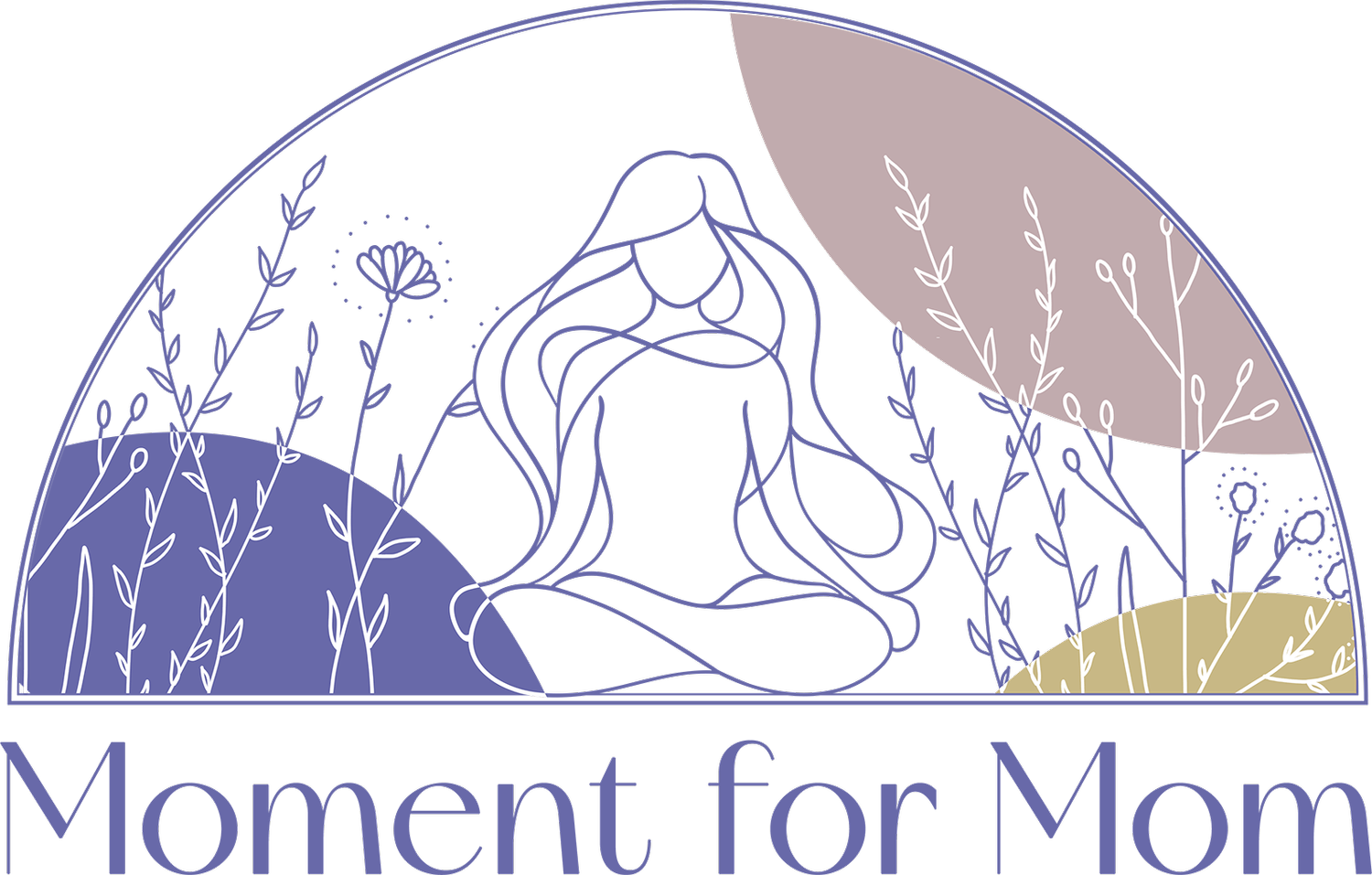Addressing Muscular Issues with Yoga Therapy
Yoga is India's oldest comprehensive philosophical tradition rooted in practices designed to transcend the human experience. The history of Yoga goes back to the Vedic period, some 4000-5000 years BCE. Today, Yoga has been popularized as a form of physical exercise. The studio, instructor, lineage, and style influence how a student will experience the practice. However, modern Yoga vastly differs from the ancient tradition of teaching by gurus to students individually. Yoga therapy aims to integrate ancient yogic practices through the lens of Ayurveda with modern-day knowledge of Western medicine and psychology. Yoga therapy improves outcomes for various conditions, including conditions of the neuromuscular system; some examples include repetitive stress injuries, scoliosis, and frozen shoulder syndrome.
Yoga Therapy is a growing field of developed practitioners who teach clients the therapeutic application of Yoga for specific conditions, usually in a one-on-one or small group setting (Thomas, 1992). Yoga Therapy emerged in the 1980s when Dr. Dean Ornish, a student of Swami Satchidananda of the Integral Yoga Society, included Yoga therapy for stress management for patients suffering from different types of heart disease. His program demonstrated the effects of how a Yogic lifestyle can heal or reverse chronic illnesses. Today, Dr. Ornish's program is used in various hospitals, has helped thousands of patients, and is acknowledged and reimbursable by Medicare as an evidence-based modality (Feuerstein, 1998). The Yoga therapy initial assessment process includes the Western medicine perspective. The Yoga therapist's job is to translate that information into a holistic language compatible with Ayurveda and Yogic knowledge (Kepner et al., 2014).
Repetitive Stress Injury (RSI) is the leading occupational disease in the United States. Symptoms of RSI can appear in the neck, shoulders, elbows, and wrists. According to one study, the prevalence of musculoskeletal symptoms among computer users is as high as 76%. RSI happens gradually over time and can last indefinitely. One injury can lead to another due to substitution patterns. (Quilter, 2007). Upper Cross Syndrome, or chronic upper back hunching, is a common ailment in daily computer use resulting from repetitive stress. "Upper Cross Syndrome is caused by weakness in one group of muscles and tightness in other groups of muscles. The shoulders and neck muscles, including the middle and lower trapezius, are long and weak. In contrast, tight upper trapezius and levator scapula muscles contribute to this syndrome (Mujawar et al., 2019)." A Yoga therapist evaluates a client by conducting active and passive muscle testing to identify the weak and tight muscles and prescribe specific yoga postures to correct these muscular imbalances. A pose like Cobra may be a part of a client's practice because it strengthens the middle and lower trapezius and stretches the pectoral muscles.
Yoga therapists understand which yoga postures help strengthen and stretch specific muscles to improve muscular imbalances. Yoga therapy for scoliosis, for example, has been shown to enhance curvature by 32-40% within seven months (Fishman et al., 2014). Clients with scoliosis were taught to practice the side plank pose with the convex side of their spine downward. The muscles strengthened while holding Vasisthasana, side plank pose, are the serratus anterior, subscapularis, supraspinatus, erector spinae, and quadratus lomborum. Asymmetrically strengthening or stretching is common when working with a Yoga therapist and is highly effective, as shown in the case of scoliosis.
Yoga therapy uses a framework derived from the ancient teachings of Ayurveda. During a client's evaluation, Yoga therapists identify an individual's doshic imbalance to offer techniques that promote balance. A case study presented in the article, Yoga and Ayurveda for Therapy, described the application of Ayurveda to frozen shoulder syndrome. Ayurveda views this condition as arising from a block in movement, a characteristic of Vata dosha, caused by cold, attributed to Kapha dosha (Shah et al., 2003). The Yoga therapist recommended that she massage the affected area with warm oil and have a warm shower afterward. The client was surprised that the asana practice and this suggestion improved her shoulder mobility.
Yoga therapy applies holistic tools to improve a person's well-being and outcomes for various neuromuscular conditions. In addition to relieving physical concerns, Yoga techniques like meditation, breathing exercises, and Yoga Nidra improve outcomes with pain, which is often a congruent symptom to neuromuscular issues, by offering deep relaxation and greater self-awareness, which is ultimately healing (Ward et al., 2013). While Yoga therapy is a growing field and still widely unknown to the general public, there is evidence that it is supportive in promoting health for various biological systems, including the neuromuscular system.
References
Feuerstein, G. (1998). Yoga and Yoga Therapy. International Association of Yoga Therapy. https://www.iayt.org/page/YogaAndYogaTherapyLinks to an external site.
Fishman L.M., Groessl E.J., & Sherman K.J. (2014). Serial case reporting yoga for idiopathic and degenerative scoliosis. Global advances in health and medicine, 3(5), 16-21. https://doi.org/10.7453/gahmj.2013.064Links to an external site.Links to an external site.
Kepner, J., Nischala, J., Le Page, J., Le Page, L., Krafstow, G., Lee, M. (2014). The Differences Between Yoga Teacher Training and Yoga Therapist Training and the Distinction Between Yoga Teaching and Yoga Therapy. Int J Yoga Therapy. 24 (1): 7-21. https://doi.org/10.17761/ijyt.24.1.j763817j752215mjLinks to an external site.
Mujawar, J., Sagar, J. (2019). Prevalence of Upper Cross Syndrome in Laundry Workers. Indian J Occup Environ Med. 23(1): 54-56. https://www.ncbi.nlm.nih.gov/pmc/articles/PMC6477943/Links to an external site.
Quilter, D. (2007). Yoga for People with Repetitive Strain Injury (RSI). Int J Yoga Therapy. 17(1), 89-94. https://doi.org/10.17761/ijyt.17.1.t96m361gx860r275Links to an external site.Links to an external site.
Shah, V., Hooper, G. (2003). Yoga and Ayurveda for Therapy. Int J Yoga Therapy. 13 (1): 7-13. https://doi.org/10.17761/ijyt.13.1.g7n24mmq60u60731Links to an external site.
Thomas, A. (1992). Yoga and Fascia. Int J Yoga Therapy. 3 (1), 39–42. https://doi.org/10.17761/ijyt.3.1.57165h7101585v35Links to an external site.Links to an external site.
Ward, L., Stebbings S., Cherkin, D., Baxter, G. (2013). Yoga for Functional Ability, Pain and Psychosocial Outcomes in Musculoskeletal Conditions: A Systematic Review and Meta-Analysis. Musculoskeletal Care. 11(4), 203-217. https://doi.org/10.1002/msc.1042Links to an external site.Links to an external site.



